- Home
- Condensation
- Condensation on double glazing
Stopping Double Glazing Condensation
Double glazing condensation is quite a common problem and can be a major pain.
That's bad enough but what's worse is if it's left untreated it can cause damage to timber window frames and decoration. Not to mention the health hazards if black mould is allowed to grow.
But why does it occur in the first place?
It happens in one of two scenarios.
- Either the double glazing unit (the sealed glass bit) has failed allowing moist air into the gap between the two panes of glass.
- Or you’re suffering from traditional condensation issues.
How can you tell the difference?
Easy, if you can’t wipe the condensation of the surface of the glass then it’s inside the sealed double glazing unit. If this is the case, you’ll have to replace that particular glazing unit. Just contact your double glazing company and they’ll come out to measure it and get a replacement unit ordered.
If you can wipe the condensation away from the inner surface of the glass then you’re suffering from traditional condensation.
This is a little harder to cure.
Stopping double glazing condensation:
In order to stop the double glazing condensation we need to understand what’s happening to cause it in the first place.
Within your home you create water vapor when you cook, dry clothes, shower and even when you sleep (we breath out 2-3 liters of water vapor per night each). This water vapor floats around invisibly in the air until is finds a cold surface onto which it can condense (e.g. your windows).
It actually condenses on lots of different cold surfaces but the reason you notice it on your double glazing is because glass is a good conductor of heat and will therefore likely be colder than the surfaces around it. Plus glass is clear so you’ll notice the condensation on it quicker than you would on a decorated wall, for example.
For a more detailed look at what condensation is check out this article.
In order to stop or reduce the occurrence of condensation you need to increase heat and ventilation. So you could turn your heating thermostat up a little, or leave the heating on a little longer.
Increasing the heat makes the surface of the glass warmer and therefore makes it less likely that condensation will occur.
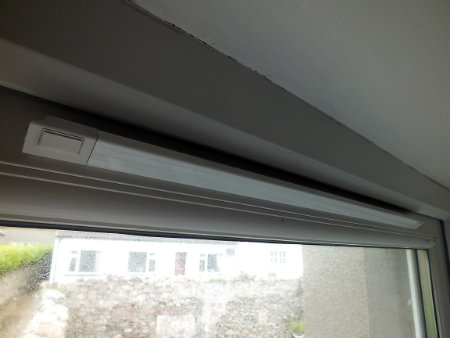 Trickle Vent
Trickle VentAlternatively you could leave the trickle vents on your window frames (if you have them) open for a while. Or open the windows more often in order to allow the moist air in your house to be diluted with fresh air from outside. Thus reducing the amount of water vapor present in the air and reducing the amount of condensation that can occur.
If you don’t want to open your windows because of the security issues or you don’t have trickle vents in your window frames, you could install an upgraded ventilation system. These force air in or out of your property depending on the type of system you choose and can even filter the air.
These mechanical ventilation systems are ideally suited to retrofitting to existing houses as they can be easily and quickly fitted. If however you’re building a new house and want to avoid double glazing condensation I’d suggest installing a mechanical ventilation and heat recovery (MVHR) system. They cost more but they will recycle the heat so you’re not cooling the air in your house as you dilute it.
Now that you know the solutions to double glazing condensation have a look at my other articles on condensation and other ways of reducing your bills.
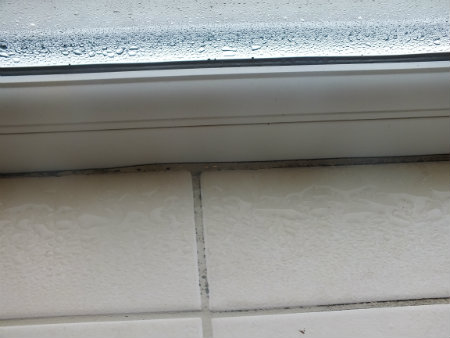
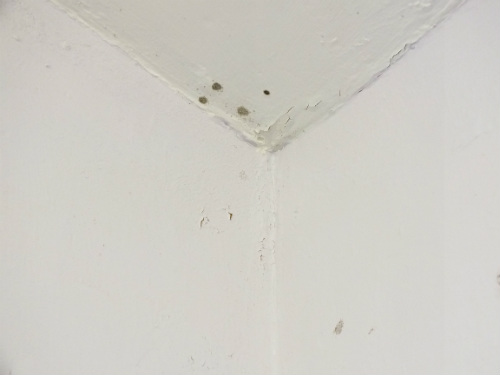
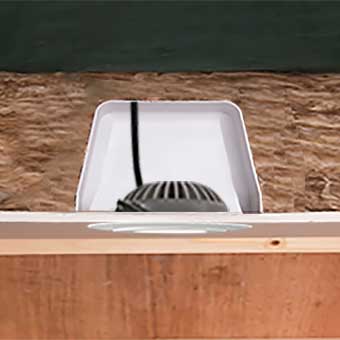
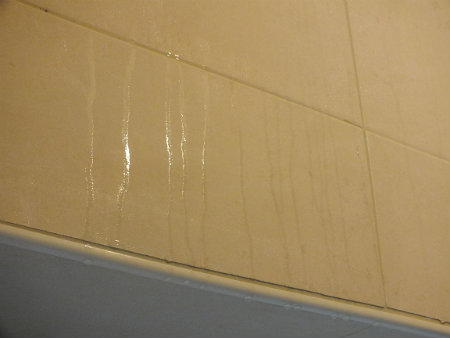
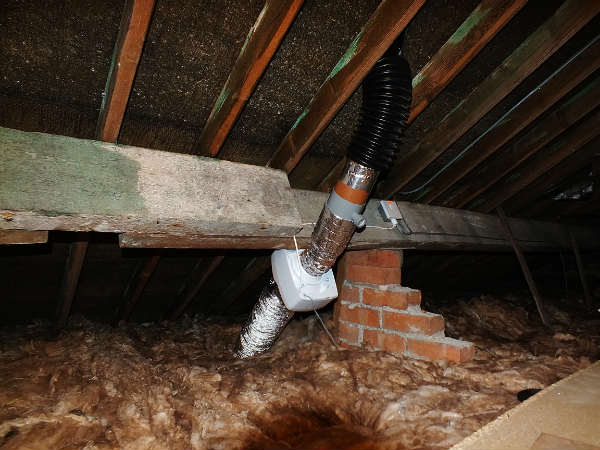
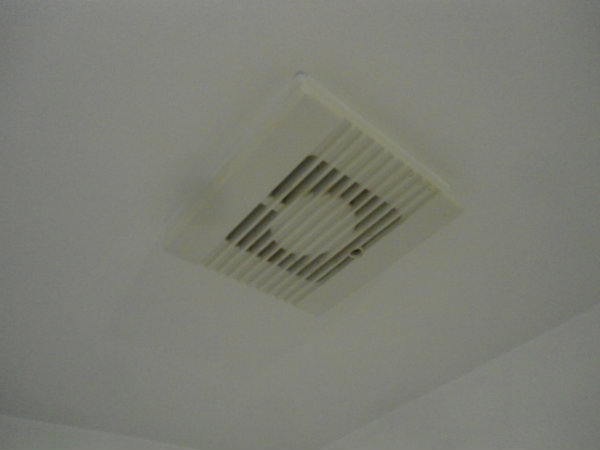








New! Comments
Have your say about what you just read! Leave me a comment in the box below.